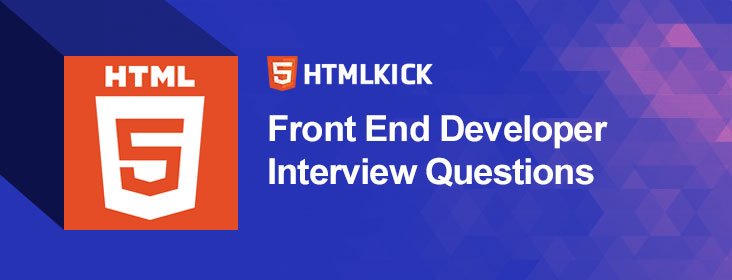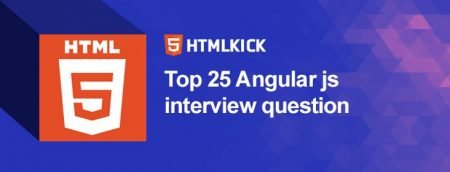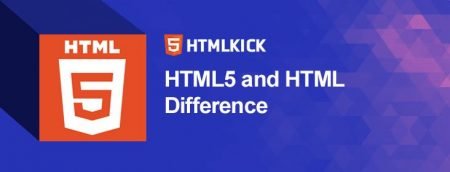Common front end developer interview questions: Are you looking for a job as a front-end developer? Are you well aware of how to go forward in your next interview sessions? You definitely reached an ideal place to look for the best answers and plan for the interviews accordingly. A front-end developer should be tech-competent and capable of translating consumer requirements into interactive web apps.
If you have experience turning UI/UX projects into prototypes, building creative applications from designs, and writing reusable content modules, go through the front-end developer interview questions and answers for positive outcomes; grab a chance to be shortlisted for jobs that you have been long wishing for.
These are some of the common questions asked in various interview sessions by leading multinational corporations all over the world. We hope that the front-end developer interview questions can support you in ace the next front-end developer work interview. Best wishes and good luck with your learning process.
Top 15+ Front End Developer Interview Questions
What makes up a good front-end developer? What are his responsibilities?
Ans- Before we get into who a front-end developer is, it’s crucial to understand the meaning of front-end. For a website, the front-end refers to all of the components that the user interacts with during his/her visit. So, buttons, color schemes, pictures, shapes, videos, and typography are all essential parts that a front-end developer deals with to create a better user experience.
He/she is a software programmer who is involved in creating codes for all of a website’s features in order to enhance its usability in a variety of ways. A front-end developer’s primary priority is to ensure that the feel and look of a website are consistent across various web browsers, using his innovative and unique web development skills.
Describe Coffee Script?
Ans- A small programming language that converts to JavaScript when executed is known as coffee-script. It’s an undertaking to show the positive points of JavaScript in a straightforward manner. It also makes it easier to write JavaScript code by providing a more consistent syntax and avoiding the peculiarities of the JavaScript language.
Describe the methodologies used to make sure that your web application is user-friendly?
Ans- Ease of use is one of the most important features that front-end developers can have in their web designs. It doesn’t affect how much content a website has or how well it functions if visitors can’t find it or browse it conveniently. Ease of use and user-friendliness should be incorporated into the design to enable visitors to navigate the web and use its features. You can also add bits of personalizing approach by adding things such as “I often test the site in a variety of browsers to see how the user/visitor experience would look.”
While you work on a web development project, how do you improve the code’s maintenance?
Ans- When interviewing as a front-end developer applicant, you can expect the interviewer to raise this common question. Since developers are hired to other organizations or promoted within the same company, there is a large turnover rate for developer positions. In any situation, if the original developer is not present, other developers must be able to translate, patch, and upgrade the code. Hiring managers will want to know if you have consistency in your creation process and if the methods you use are close to those used by their company.
Define the number of layers present in a webpage and in what ways CSS affects it?
Ans- The three layers present in a webpage consist of the content layer, behavior layer, and presentation layer. The content layer is where a website’s data is stored. It is made up of textual data, facts, and other information.
Can you explain how prototypal inheritance works?
Answer – Despite the fact that this technical question does not explicitly ask you to describe the term prototypal inheritance, you should do so to begin your response by simply stating -one of the inheritance forms used in JavaScript is prototypal inheritance. This means that you’re answering the correct question and giving the details the interviewer needs.
After you’ve defined the word, you can go on to explain how it works. Before responding to a query, you might want to explain or validate it during an interview; as some questions might get tricky and it is important to have clarity before jumping into the answer.
Prototypal inheritance differs from traditional inheritance in that it allows any element to be cloned and uses object linking. If a property is absent from an object, JavaScript uses prototypal inheritance to read it. It also permits the addition of any function to an entity.
Mention some advantages of CSS?
Ans- Some of the advantages of CSS are -it allows offline browsing, time saver, loads pages fast, easier to maintain, independent platform, carries multiple device compatibility, and is better to HTL style. This question is known to be one of the most popular questions asked in a front-end developer interview.
Describe what CSS selector specifically is and how it works?
Ans- The HTML elements a developer wants to style can be found by using a CSS selector. Specificity arises when two or more CSS rules point to the same element when using a CSS selector. The browser will choose the rule that describes the HTML element the most precisely. This is decided by the CSS selector’s ranking.
To be on the ‘safe’ side for questions like such you can dig in deep for information and familiarise yourself with the terms, procedures, and principles used in this field.
Explain the difference between getting and Post?
Ans- The differences between getting and Post are- GET request is usually utilized for AJAX API calls, while a POST request is commonly exercised to store data in a database or send data via a form. Also, POST requests can be used in two stages and are not available to the user. Whereas, GET requests are limited to secure and can be viewed by the user in the URL. POST requests are therefore more reliable.



